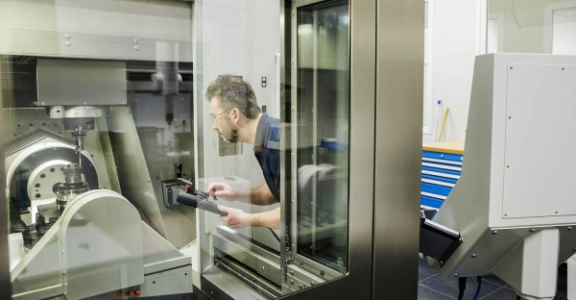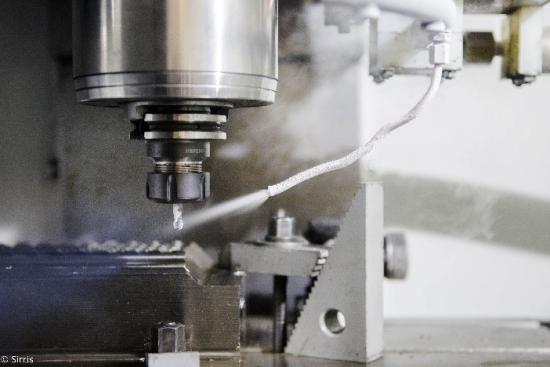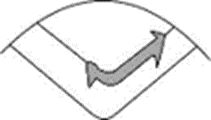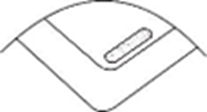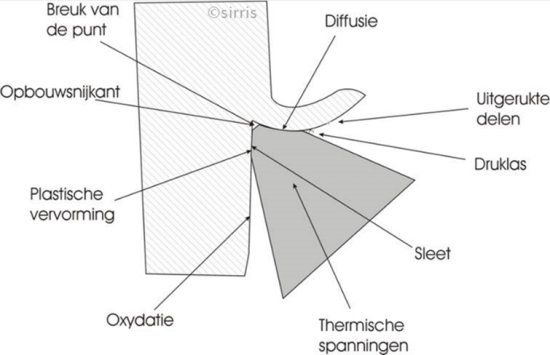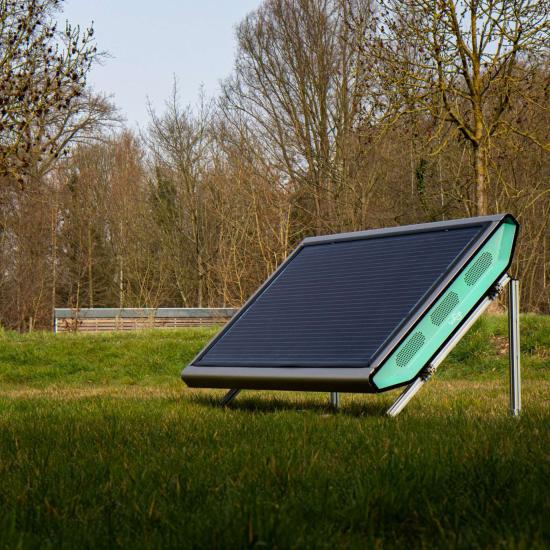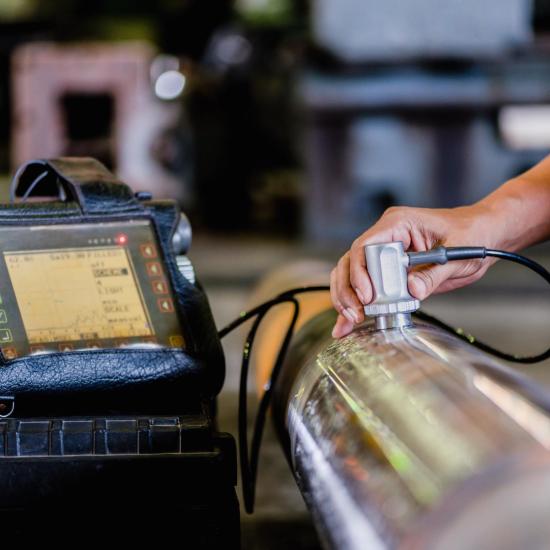The use of (real-time) data to adjust production processes is the future of production - in machining one speaks of "adaptive machining" This is made possible by the increased availability of sensors. However, everything hinges on having and understanding a standardised and structured model in which the digital information is processed into a physical action. Such models are the key to successful digitalisation. In a series of blog posts, we highlight some basic models. In this sixth part, we deal with the different types of tool wear.
Everyone’s talking about ‘Industry 4.0' or the far-reaching use of (real-time) data for the purpose of adjusting production processes as the future of production. Within the machining industry, adaptive machining has been talked about for years, and thanks to the increased availability of sensors, it is now within reach. However, all this depends on having and understanding a standardised and structured model, in which the digital information is processed into a physical action. Such machining models are available and are still being supplemented by new scientific insights. In industry, however, they have fallen into disuse to some extent. Because they’re the key to successful digitisation, we highlight some basic models in this series of articles. In this article: the different types of tool wear, their cause and remedy.
Wear due to friction
Machining involves contact between tool and workpiece, which causes wear from the very first contact. Consequently, tool wear is (unfortunately) an integral part of the machining process. However, a distinction can be made between different forms of wear, wherein undesirable forms can be avoided.
When tools and workpieces come into contact, there is always friction, not only between the metal shaving and the tool, but also between the processed material and the tool. Friction is a form of wear that cannot be avoided, but fortunately it is a form of wear that behaves very predictably. The wear pattern was discussed in a previous article. Wear due to friction is referred to differently depending on the location: free running wear occurs where the cutting edge rubs against the machined material, while swirl wear occurs where the metal shaving touches the tool and curls. In most operations, the free running wear is more pronounced and also easier to measure. The maximum free running wear is therefore often used as an end-of-life criterion (i.e. the parameter to declare a tool's end of life).
|
|
|
Other forms of wear
The figure below gives an overview of the types of wear that can occur during a machining process. So, in addition to friction or wear, a whole range of phenomena can occur. However, these forms of wear are not desirable, as they have an unpredictable course. For example, a built-up cutting edge will increase and break off again at an unpredictable moment, causing the tool to chip or not
It is therefore important to avoid the undesirable forms of wear and tear, and guidelines are available for this. After all, the various forms of wear and tear have their own specific causes, and action can be taken to address these. Most tool suppliers have included these guidelines in their (online) catalogue, but you can also find them on our online platform under the section "Getting started (Aan de slag)". Sandvik's Tool Wear app (downloadable for both Android and iOS) is worth mentioning, which allows a mobile device to take a picture, measure wear, compare it to real-life examples and then display the correct guidelines.
Online platform
On the online platform 'modelgebaseerdbewerken.be', you can consult various models and use them to optimise your machining processes. Access to the platform is free of charge but you do need to register.
On the platform you will also find the necessary explanations on how to work with the models, but be sure to keep an eye on the Sirris-agenda, as we will be organising both physical and online explanatory sessions.
More info? Please contact us!
The online platform is part of the 'Model-based processing’ COOCK project that was started with the support of VLAIO.
